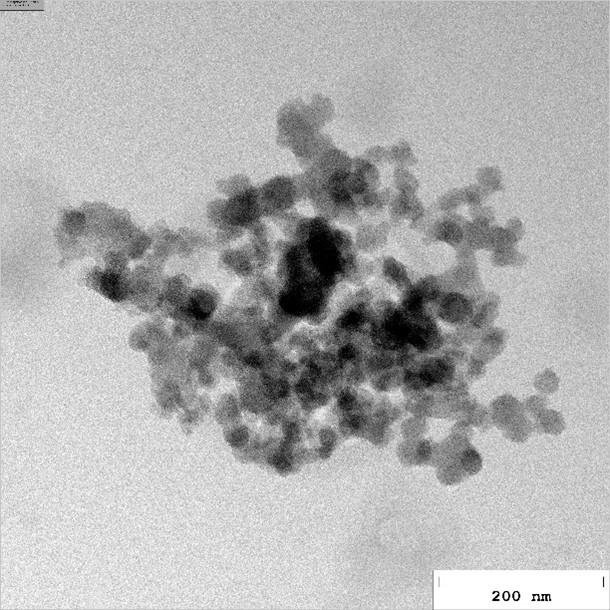GPU-based machine learning methods to develop predictive models for estimation of exhaust gas properties from internal combustion engines during cold starts from largescale real world experimental data
| Tandem Project Leader | Dimosthenis Trimis & Thomas Koch |
| NHR@KIT Project Leader | Martin Frank |
| Project Coordinator | Jordan Denev |
| Team | SDL Engineering in Energy and Mobility |
| Researcher | Manoj Mangipudi |
| Open source software | HeAT (Helmholtz Analytics Toolkit) library |
Introduction
Through extensive experiments large data sets have been obtained recently on internal combustion engine performance at cold starts and first few driving kilometers. The data sets contain measurements of more than 1000 parameters recorded simultaneously at steps of 0.1 seconds comprising among others engine performance parameters, detailed multi-component composition of the exhaust gas as well as corresponding properties of nanometer-sized particles compiled from electron microscopic images. The objective of the project is to apply machine learning (ML) methods to this inexhaustible amount of data to develop models capable of predicting the exhaust gas composition including particulate matter concentrations and nanostructural/molecular properties during variable non-stationary cold start conditions. The predictive models will be used to develop optimal control strategies and algorithms for low pollutant emissions at different cold start conditions and contribute to clean urban environments.
Project description
The transportation sector is one of the contributors to greenhouse gas emissions, where fossil fuels are converted to mechanical energy in combustion engines which is characterized by the interplay of fluid dynamics, thermodynamics, and chemical phenomena. To emphasize more, measurable engine conditions like temperature, the fuel-to-air ratio also even ambient temperatures affect pollution emissions. The goal of the research is to consider responsible parameters from the engine and show how they may be utilized to forecast pollutant emissions and the characteristics of emissions.
Further, interestingly at low ambient temperatures, the so-called “cold start” of the engine leads to increased emissions and properties of pollutants, due to which there is a decrease in the efficiency of catalysts and heat exchangers in the exhaust system of engines. It can be observed from the below-mentioned figures, that in the initial 300 seconds the carbon monoxide emission Fig1 at -7°C is much higher when compared to Fig2 at 23°C.
The aim of the project is to develop and apply machine learning (ML) methods to large-scale experimental real-world datasets to develop models capable of predicting the exhaust gas composition including particulate matter concentrations and nanostructural/molecular properties during variable non-stationary cold start conditions. The project also proposes a novel approach for predictive analytics to combine combustion engine measurements with TEM images of soot particles from Fig3, which were produced simultaneously with the engine measurements.



